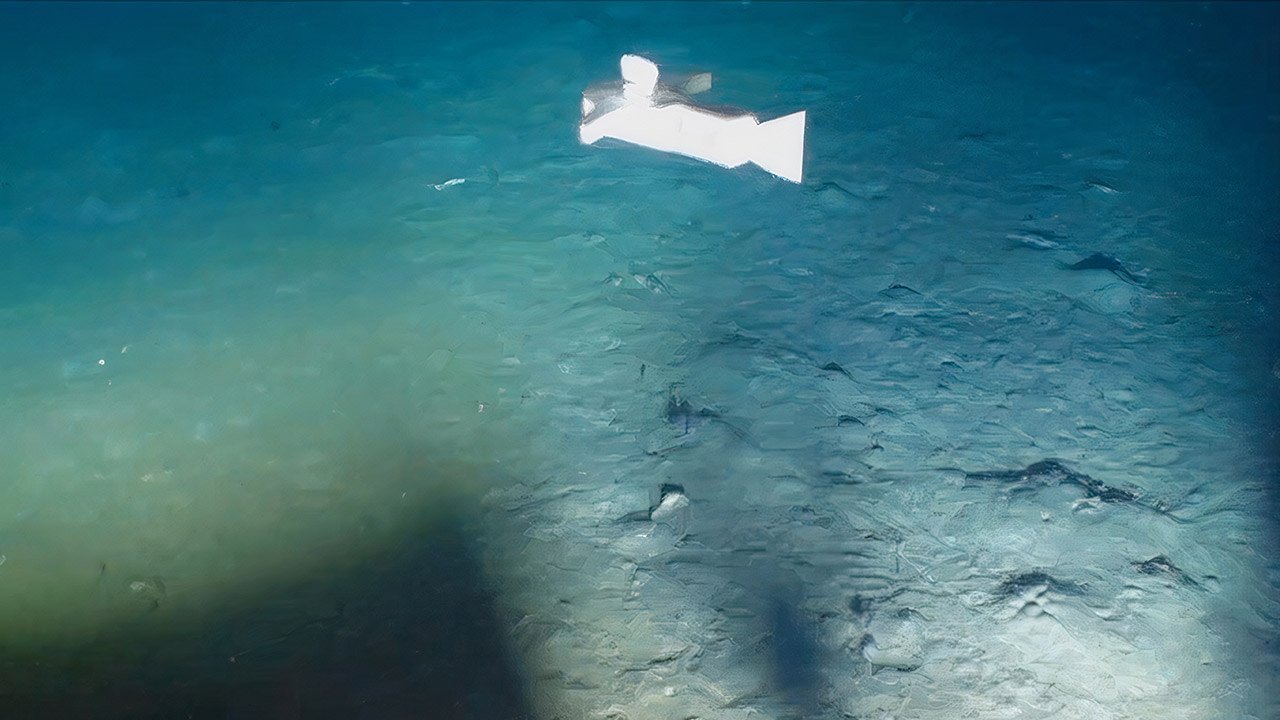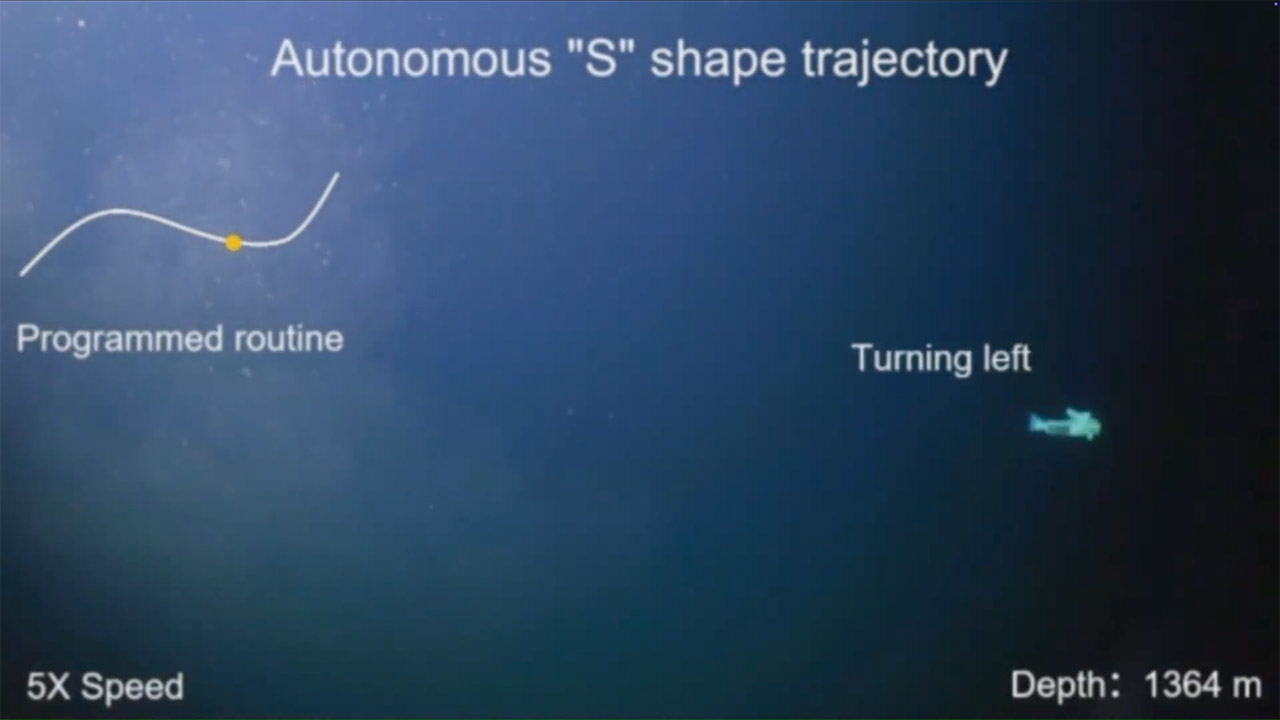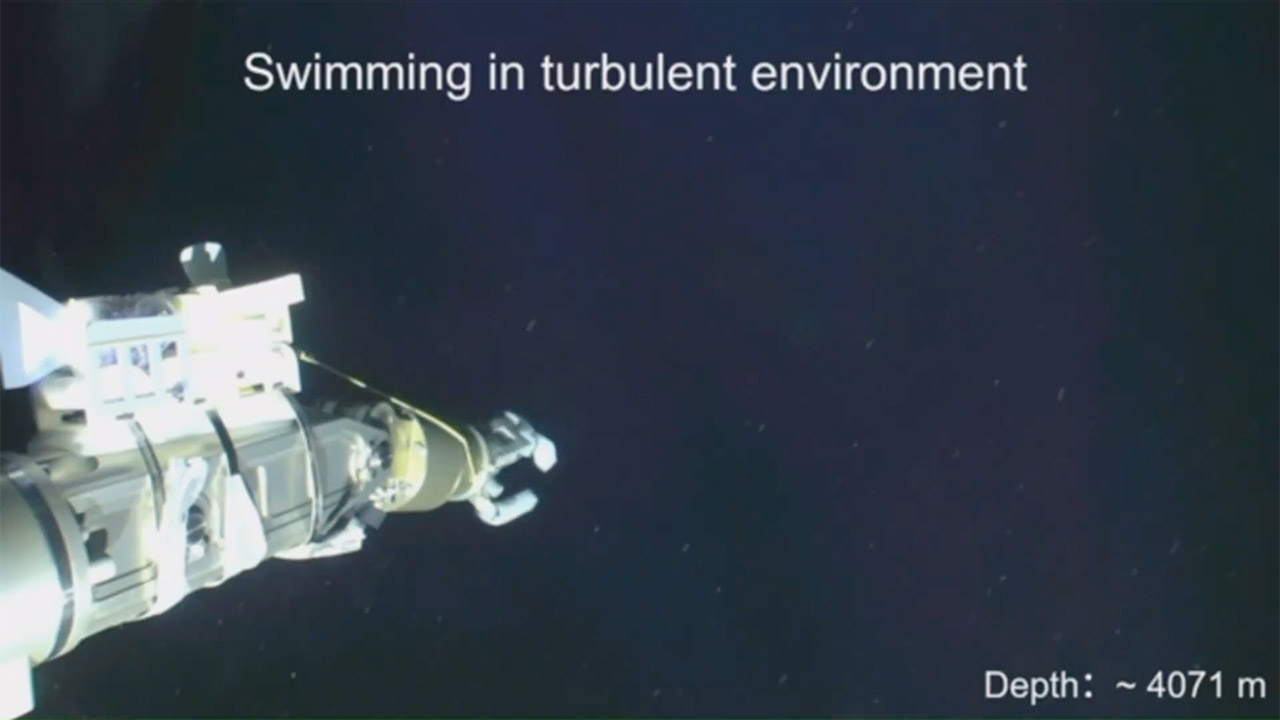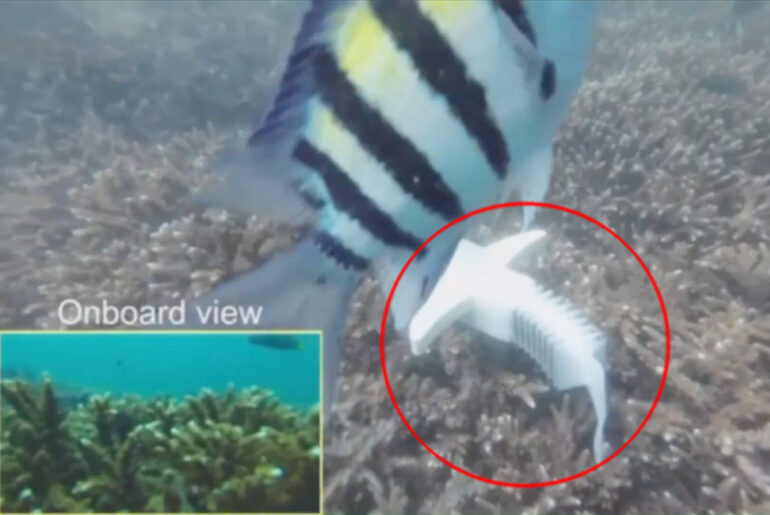
A soft, fish-like robot glides through the ocean’s depths, fooling even the most cautious marine life. Developed by Harbin Engineering University in China, this 32cm, 670g robot uses seawater to move its silicone body, just like a real fish.
Deep-sea exploration has always been a battle against pressure, cold and conventional technology. At 4,000 meters below the surface, hundreds of tons of water press down, crushing most of the equipment. Conventional submersibles with big motors and rigid frames often struggle under these conditions and get damaged or fail. Harbin’s team thought of a new approach, a soft and flexible robot powered by its surroundings.
- Kingfisher model building set – Take time out for a relaxing building experience with the LEGO Icons Kingfisher Bird building set for adults
- A creative building project – This set includes all you need to build and display a LEGO interpretation of the majestic kingfisher with a fish...
- Features and functions – The model kingfisher comes with a posable head and claws, and the water setting with buildable reeds doubles as a display...
The robot’s movement is powered by flexible electrodes along the edges of its silicone body which are filled with a special fluid. When an electric current flows through these electrodes, it reacts with the ions in the surrounding seawater to produce an electric field. This field causes the internal fluid to change, stretching the robot’s body side to side just like a fish swimming. The end result is a machine that can survive under the crushing pressure of the deep sea, constantly balancing itself against external forces. It dived to 4,071 meters in field tests and lab tests proved it can withstand pressures up to 10,000 meters, just short of the ocean’s deepest point, the Challenger Deep which is 10,935 meters.

Marine ecosystems are fragile and heavy and noisy submersibles can damage the very life they are meant to investigate. This robot with its subtle fish-like movement blends in with schools of fish without raising suspicion. It’s designed for close-up observation, to capture the minutiae of deep-sea life that would otherwise go unnoticed. During testing it navigated through intricate courses and endured stormy currents, proving it’s more than just an observer and can also explore.

The materials behind this are as cool as the robot itself. The team used a liquid dielectric plasticizer—a fluid that keeps the robot’s silicone shell soft and is also the medium for its electrohydraulic motion. This dual purpose fluid means the robot stays soft even under extreme pressure and doesn’t stiffen like other soft materials do in harsh conditions. By using seawater as an alternating electrode the design also prevents charge buildup so the robot can keep moving without losing efficiency.

Field tests off China’s coast showed the robot in action. At 1,360, 3,176 and 4,071 meters it moved with ease, its sensors gathering data and its flexible body adapting to the pressure. These weren’t just tests to see if the robot could survive—they were to see it do real world tasks, from studying biodiversity to mapping uncharted ocean floors. The team are already planning tests at even greater depths, to push the robot to its theoretical limit of 10,000 meters and beyond.
Our frail tools have limited deep sea exploration, but a machine that operates based on the ocean’s natural qualities opens up new possibilities. Scientists might examine delicate coral reefs, follow deep-sea species, and monitor undersea geological activities with little damage. The robot is so light—only slightly heavier than a bottle of water—that it may be deployed more easily than a submersible, possibly cutting the cost and complexity of deep sea operations.
[Source]










